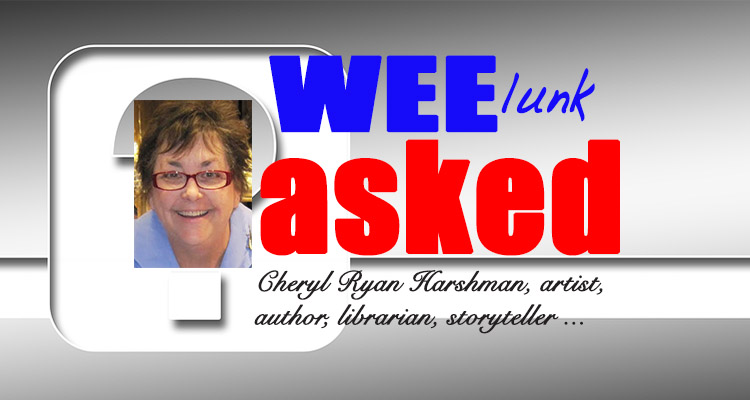WEEasked some simple questions — and your neighbors, friends, co-workers, acquaintances, even some strangers, answered. Get to know them a little bit better with our fun series, “WEEasked.” Look for it a couple of times a month, most likely on Mondays. Do you have someone you’d like to see featured? Send us an email to weelunk@weelunk.com, and please be sure to put WEEasked in the subject line.
I have two “Cheryl Harshmans” hanging on the walls of my home.But there are more than two Cheryl Harshmans out there. There’s Cheryl the librarian. Cheryl the artist. Cheryl the mom. Cheryl the author. Cheryl the storyteller. Cheryl the wife (of Marc, poet laureate of West Virginia. But that’s all we’re going to say about him. THIS is about Cheryl!)
But, while she’s all of those (and more) — by her own admission, she is one “lucky woman.”
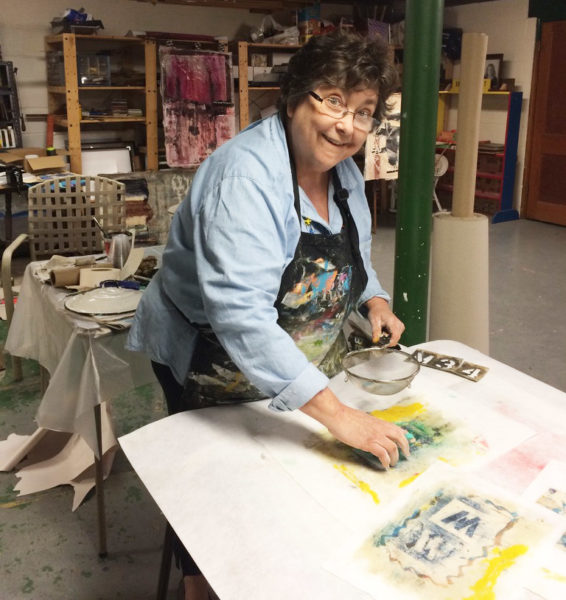
Harshman has been a librarian for more years than she would like to admit, she says. Her work as a children’s librarian and storyteller enabled her to write three children’s picture books: “Sally Arnold,” “Red are the Apples” and “Christmas Morning.”
She has received the West Virginia Library Association’s prestigious Literary Merit Award given to West Virginia residents who make outstanding literary contributions. Recently, she was commissioned by the Wheeling 250 committee to write a children’s book, “Once There Was a Mouse,” illustrated by Wheeling artist Robert Villamagna.
She loves creating, she says — “making something from nothing, making it all on my own.”
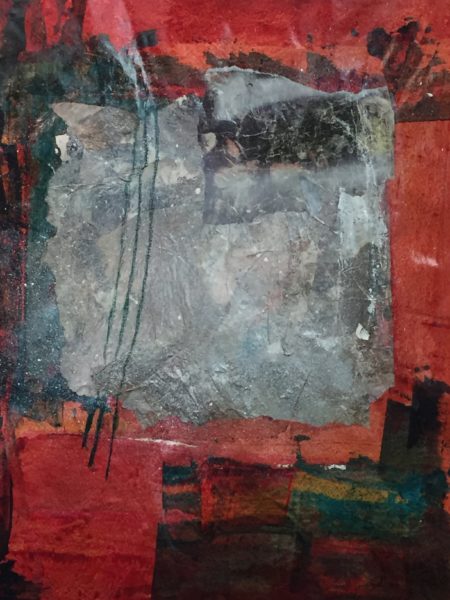 “For me, it is the problem solving, putting puzzle pieces together, exploring the ‘what ifs’ of creating that are so thrilling. Whether I work in fiber or clay or paint or all at the same time, I need to see what will happen next. Each stitch, each mark, each brushstroke changes the work, moves it in another direction, maybe even away from where I thought I was taking the work. And those changes in direction, those whole new worlds of possibility are infinitely exhilarating to me. I am driven to discover where the work itself will lead.”
“For me, it is the problem solving, putting puzzle pieces together, exploring the ‘what ifs’ of creating that are so thrilling. Whether I work in fiber or clay or paint or all at the same time, I need to see what will happen next. Each stitch, each mark, each brushstroke changes the work, moves it in another direction, maybe even away from where I thought I was taking the work. And those changes in direction, those whole new worlds of possibility are infinitely exhilarating to me. I am driven to discover where the work itself will lead.”
And speaking of “changes in direction,” she recently retired from the Paul C. Elbin Library at West Liberty University as library director and has taken a position as the new director at Sandscrest Conference and Retreat Center, a program of the West Virginia Episcopal Church.
Here’s what Cheryl answered when WEEasked:
From librarian (at West Liberty University) to director at the Sandscrest Conference and Retreat Center: Can you tell us about switching gears at this point in your career?
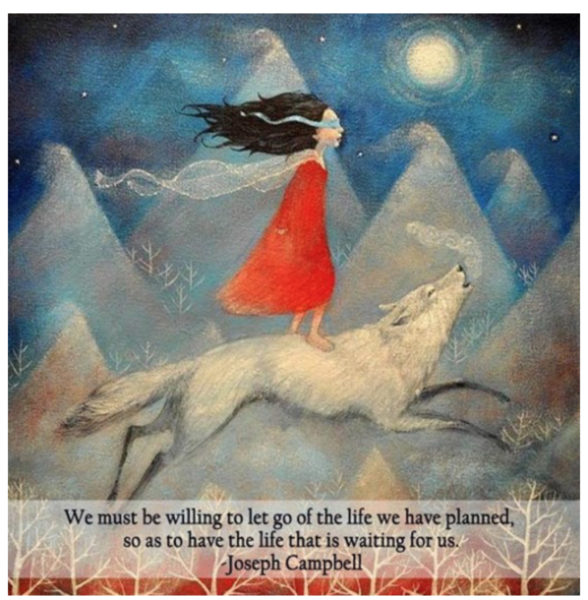
This Joseph Campbell quote is meaningful to me as I am at a significant crossroads in my life. I am turning a corner, in age certainly, but also as I examine my life and its confines. I watched my mother die this summer, and so I am particularly aware of the seasons of our lives and the meanings we make for our lives.
This summer, I have let go of the life of daughter and child as well as the demands and personal histories associated with that aspect of my life. Offers of a new life, one waiting beyond my vision and my plans, were made to me. And what I have learned in my creative artistic work, is to say YES to possibilities, YES to unknown results and YES to following where it might lead me. In my art, each mark, each color decision takes the work in a different direction — not a bad or wrong one, just different. In my professional work, this crossroad presented itself, and I had the self-knowledge and self-confidence to understand that any decision would not be bad or wrong, just different.
I could leave my job, really my vocation and calling after four decades. I could as the Campbell quote says, “Let go of the life … planned.” I would be OK. My family would be OK. I am a very lucky woman, who has options, who can choose a direction.
I am a lucky woman.
Many of the skills and tasks needed to be a librarian, specifically a library director of a large university library, are the same skills needed to manage a faith-based conference and retreat center. I can coordinate the overall programs and outreach of the institution, manage a staff, pay the bills, maintain a big building and answer reference questions from all who enter. These are the same requirements at Sandscrest, but without all the books and databases.
But the similarities go much deeper.
Librarians, like clergy, are called to their vocation. We promise to protect individual privacy, provide information on all sides of an issue without judgment, provide free open and welcoming spaces, preserve and protect the knowledge, learning and wisdom of humans through the ages, and respect the right of individuals to learn and explore ideas.
A church-owned house for conferences and retreats is built on a 1,500-year-old premise, that it might be an “island of tolerance in a sea of intolerance.”
St. Benedict around 500 A.D. wrote a Rule for monasteries that spelled out how monasteries should go beyond mere tolerance of human differences to the active welcoming of Hospitality. St. Benedict expected that many different people would come to his monasteries.
And that is exactly who comes to the library!
For decades I have been welcoming different people into my library homes — from Yale Drama School and Meryl Streep, to preschool children in rural West Virginia, to university freshmen and faculty researchers.
The same tolerance and open hearts and minds that I offered as a librarian makes a smooth transition to the Hospitality (religious and otherwise) needed at Sandscrest, an Episcopal Conference and Retreat Center.
How do you feel the role of librarians and libraries has changed over the years?
Libraries have not changed! Libraries and librarians continue to be Second Responders. After natural disasters or the breakup of the nuclear family, the library is a safe place where people can find quiet solace, a welcoming listener, a respite, a chair, a bathroom, a drink of water or a book.
Libraries have been and still are safe havens for latchkey kids. How many jobs does it take for a mother to feed her children? Who is going to watch the children after school until Mom or Dad get off work? Where do hungry kids go after school? Let me hear you shout it out loud — THE LIBRARY! Hunger and safety may be physical or metaphorical, but in any case, the library’s unchanging role is to be a universally open and free and safe space. This does not change. Libraries remain free and open to all regardless of paycheck, social situation, personal preferences and all things that divide us from ourselves.
Oh, sure, the libraries of today may look different. There are new and different ways of delivering information — downloads of audiobooks and ’zines and music, for example. There are databases and computers and scanners and digital tools. But libraries remain one of the most important spaces in our shrinking democracy that allows freedom of expression and the open communication of ideas — think Lunch with Books each Tuesday. And librarians, who are no longer archetypically females with hair pulled up and the pointer finger attached to pursed lips hissing “SHHH!,” may come in all shapes and sizes and colors and tattoos, but you can guarantee that they are SMART! Just think of the big winners on recent Jeopardy shows.
Although you’ve been a librarian for many years, you certainly are no one-trick pony! Tell us how you discovered your artistic abilities and talent.
What talent? What ability? As Chuck Close American treasure has said, it’s all about showing up and getting to work.
I come from a long line of people who make things — brick masons, fiber artists, painters, potters and gardeners — and like them, I must make things. Whether it is a pie from scratch, a new shirt or a pair of socks, I love making something from nothing, making it all on my own. I love the puzzle of how-to, the struggle of “oh yes I will” and the pride of mission accomplished.
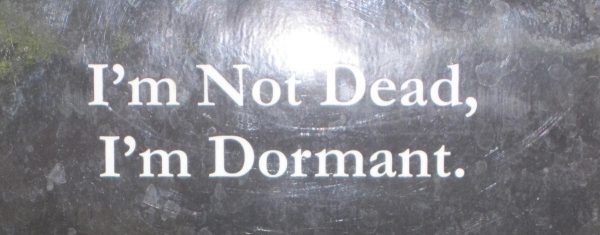
When I was a girl, my favorite section of the library was the 700s, that’s
Dewey Decimal talk for “how to.” I loved the books that had diagrams with how to build a birdhouse, how to make pirate costumes, how to put decals on furniture or how to draw a cat. My parents (depression-era kids who never had money and made do with what was at hand) encouraged my making things, and my home had a basement workshop with room to make a mess. (So does my current home and atelier.) Luckily at the age of 10, I joined 4-H and learned to sew, a lifelong skill.
I grew up in the generation that separated hands-on learning from intellectual learning. If you thought you were going to college (there was no question about that in my family), you could not take classes on how to make things. And if you were a girl, you could study to be a secretary, a nurse, a teacher or a stay-at-home mom. I took no art in high school or college. So, this is to say, that my need for making was sublimated for decades and only allowed to peek out if I taught crafts to kids in the library or if I made a gift for a friend. My NYC-native Aunt Judy tossed me a lifeline early on when she took me to the Guggenheim, the Cloisters and the Metropolitan Museum of Art in New York. I clung desperately to looking at art and reading art history.
Somewhere in my 50s, this need for making and color came bursting out. First, it was with a return to my sewing machine and wild art quilts.
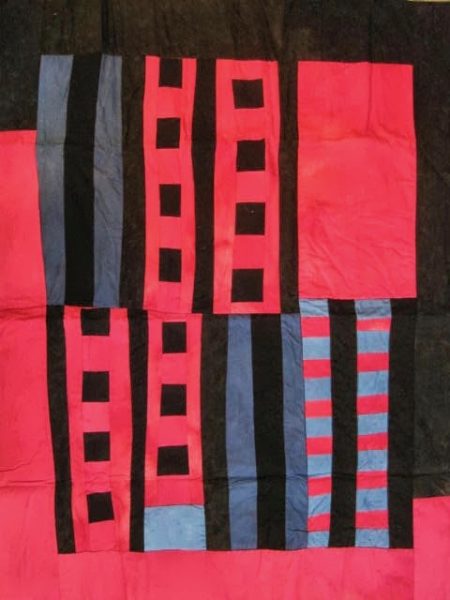 And then a workshop on clay monoprinting with Mitch Lyons changed my life. Immediate immersion in color and instant application of rules of design started my serious foray into the world of visual arts. My clay monoprints have won berths in numerous regional juried exhibitions including Cross Currents at Oglebay Institute, West Virginia Juried Biennial and Tamarack’s Best of West Virginia exhibits.
And then a workshop on clay monoprinting with Mitch Lyons changed my life. Immediate immersion in color and instant application of rules of design started my serious foray into the world of visual arts. My clay monoprints have won berths in numerous regional juried exhibitions including Cross Currents at Oglebay Institute, West Virginia Juried Biennial and Tamarack’s Best of West Virginia exhibits.
My paintings can be found locally at Etc. Gallery and in Pittsburgh at BE Gallery.
I am indeed a lucky woman.
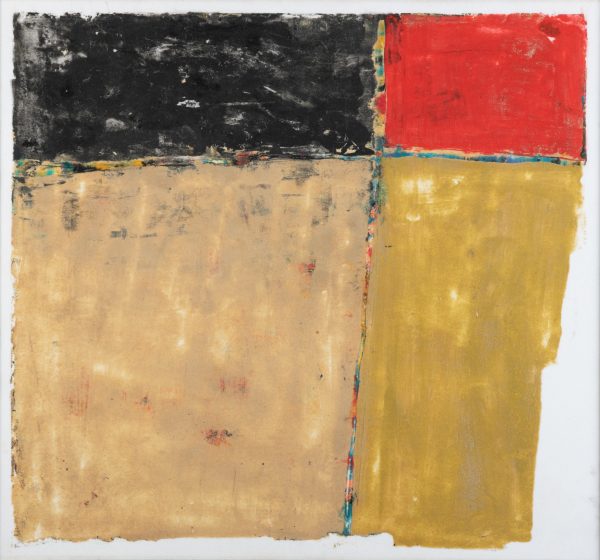
If you could cultivate a new skill, what would that be?
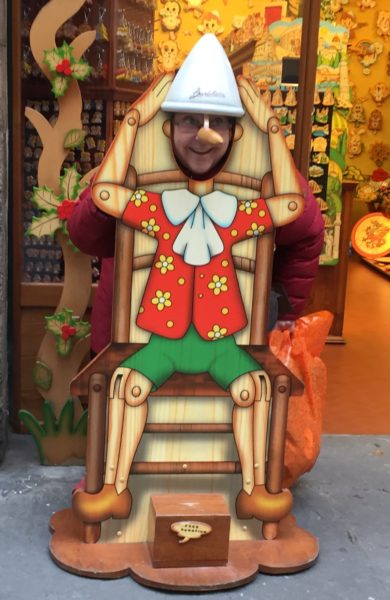
A new skill! Oh boy! Let’s try watercolor, encaustic, oil and cold wax, oil, lithography, collagraph printing. …
Wait. That’s my problem in the art world. I want every new skill I can get my hands on. Each skill comes with its own set of art materials and YouTube videos. No, new art skills just send me down the Rabbit’s Hole.
I think if there were a new skill I’d like to pick up, it would be singing in a Motown Girl Band. I’d do all the doo-wops and backups.
No! No! Wait! A travel agent! Yeah, that’s right! I love travel. If I could be a travel agent, I could put all those reference librarian skills to work and see the world —more often and hopefully more cheaply than my usual trips. I love travel.
Do you notice I have a problem with new ideas and skills?
Tell us something that would surprise Weelunk readers about you?
Surely there are no surprises as my life is an open book, but I would like to tell Sean Duffy that I learned to drive a stick in my dad’s Studebaker. I can help him with his new skill.
Maybe your readers don’t know that my writing appeared in a nationally published magazine when I was 17 and in high school (years before a certain Poet was published in an equivalent publication). I am also the author of five books for children. While I have recently retired from a university library, the world of children’s books and publishing has been my overarching passion.
What book is on your nightstand or e-reader right now?
Old in Art School by Nell Painter; Ninth Street Women by Mary Gabriel; and A Big Important Art Book — Now with Women by Danielle Krysa.
These books are history and inspiration for me as I search for my forgotten predecessors.
What is your wish for Wheeling?
I wish all the children in Wheeling were loved and fed, and were safely tucked in at night with a gentle kiss and a nightlight after a loving bedtime story.


